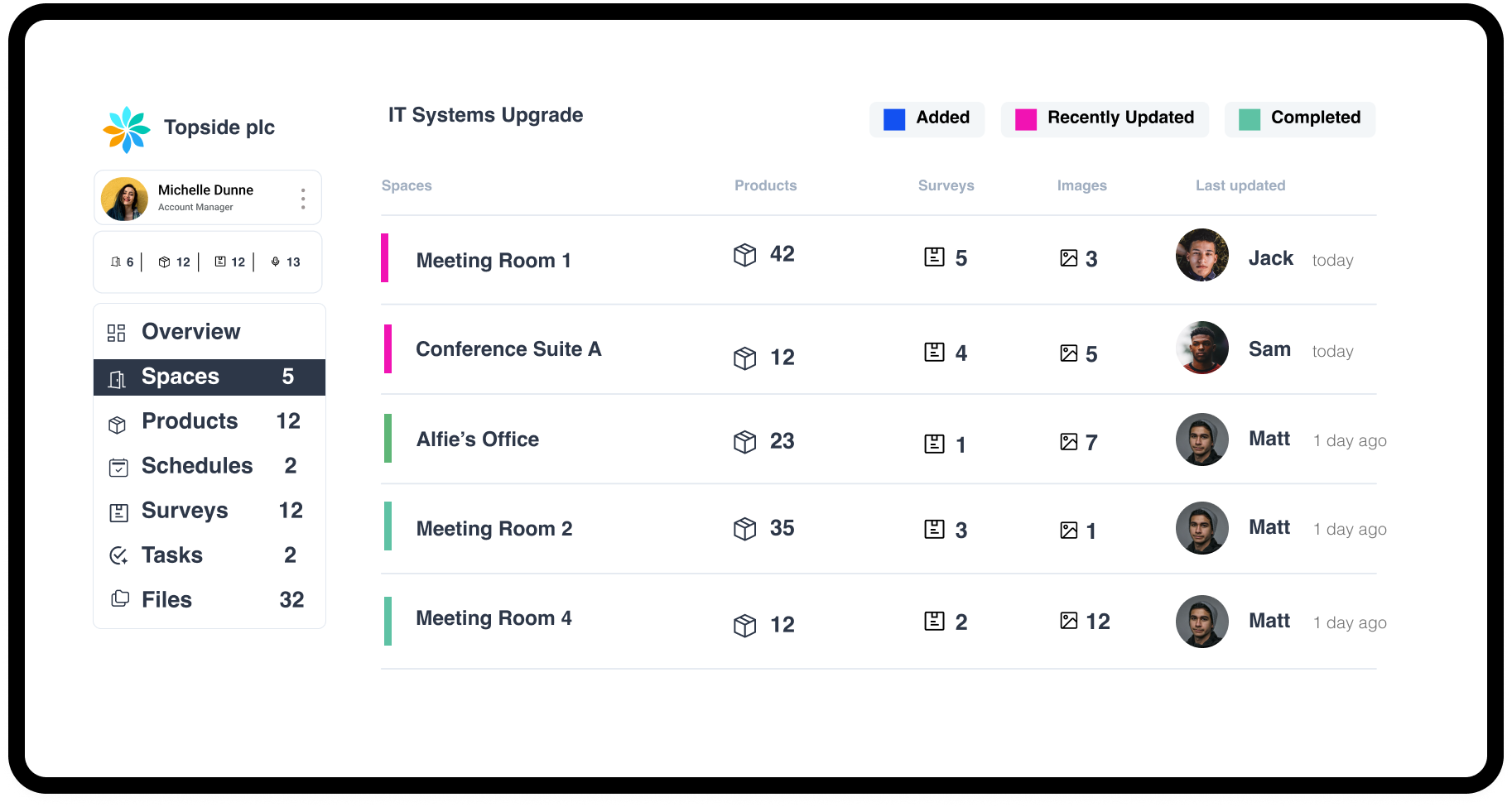Maximising Cost Savings with Subcontractor Management Software

Managing subcontractors can be a challenging task, especially for companies juggling multiple projects and teams. Without a streamlined approach, costs can quickly spiral out of control. However, subcontractor management software provides a practical solution by offering tools to help control expenses, improve efficiency, and enhance project oversight. In this blog, we’ll explore how using subcontractor management software can lead to significant cost savings and boost productivity.
Understanding the Challenges of Subcontractor Management
Subcontracting is a vital part of many businesses, especially in construction, facilities management, and other service-based industries. It enables companies to scale their workforce to meet project demands without having to hire permanent staff. However, managing subcontractors effectively comes with its own set of challenges:
• Tracking Work Progress: Keeping tabs on subcontractor work can be difficult, particularly when managing multiple projects at once.
• Ensuring Quality Control: Maintaining consistent quality standards across various subcontractors can be challenging without direct oversight.
• Administrative Overheads: Handling invoices, timesheets, and compliance paperwork can be time-consuming and costly.
• Communication Gaps: Miscommunication or lack of timely updates can lead to project delays and additional expenses.
These challenges highlight the need for a more efficient approach, which is where subcontractor management software comes in. It helps companies streamline their processes, reduce administrative burdens, and gain greater control over subcontractor activities.
Key Cost-Saving Benefits of Subcontractor Management Software
1. Automating Administrative Tasks
Manual management of subcontractor documentation, invoicing, and compliance can consume significant time and resources. Subcontractor management software automates these tasks, allowing businesses to reduce administrative overheads. Automated systems can handle the submission and approval of timesheets, digital invoicing, and document tracking with minimal manual input. This not only saves time but also reduces the risk of errors that could lead to costly disputes or delays.
2. Improving Project Visibility and Tracking
One of the major benefits of subcontractor management software is its ability to provide real-time project tracking and reporting. With a centralised platform, managers can monitor subcontractor activities, track progress against deadlines, and gain insights into project costs. By having greater visibility over ongoing work, companies can identify potential issues early, such as delays or budget overruns, and take corrective action to avoid additional expenses.
3. Enhancing Communication and Collaboration
Effective communication is crucial in subcontractor management. Misunderstandings or delays in information sharing can result in rework or missed deadlines, which can inflate project costs. Subcontractor management software offers a centralised communication platform, where all parties can share updates, upload documents, and receive notifications in real-time. This ensures everyone is aligned on project goals, timelines, and requirements, significantly reducing the likelihood of costly miscommunications.
4. Streamlining Compliance and Risk Management
Maintaining compliance with industry regulations and safety standards is essential when working with subcontractors. Failure to manage compliance can lead to fines, legal disputes, or even project shutdowns. Subcontractor management software helps ensure that all necessary documentation, such as insurance certificates and health and safety records, are up-to-date and easily accessible. Automated reminders can alert subcontractors to renew expiring documents, reducing the risk of non-compliance and associated costs.
5. Optimising Resource Allocation
Subcontractor management software allows businesses to allocate resources more effectively. With better oversight of subcontractor availability, skillsets, and workload, companies can assign the right people to the right tasks. This minimises downtime, ensures that projects are completed on schedule, and avoids the cost of hiring additional resources unnecessarily.
6. Reducing Invoice Disputes and Payment Delays
Payment issues are a common problem in subcontractor management, often resulting from discrepancies in timesheets, completed work, or invoicing errors. These disputes can delay payments, damage subcontractor relationships, and create additional administrative costs. Subcontractor management software automates invoice generation based on completed work, approved timesheets, and agreed rates. This ensures accuracy and transparency, reducing the likelihood of disputes and fostering better relationships with subcontractors.
Real-World Impact: How Businesses Are Saving Costs
Many companies across different sectors have already experienced the cost-saving benefits of implementing subcontractor management software. For instance, construction firms have reported significant reductions in administrative time spent on processing paperwork, allowing project managers to focus more on strategic tasks. Facilities management companies have used software to ensure that subcontractors meet quality standards consistently, resulting in fewer service callbacks and associated costs.
By providing a centralised solution for managing subcontractor activities, companies can reduce operational costs and improve project efficiency, directly impacting their bottom line.
Best Practices for Implementing Subcontractor Management Software
To maximise the benefits of subcontractor management software, businesses should consider the following best practices:
1. Choose the Right Software for Your Needs
Not all subcontractor management software is created equal. Look for a solution that aligns with your industry requirements and offers the features you need, such as automated invoicing, real-time tracking, and compliance management.
2. Provide Adequate Training for Users
Ensure that your team and subcontractors are well-trained on how to use the software. Proper training will help users make the most of the system’s features, reducing the learning curve and ensuring a smooth transition.
3. Regularly Update and Optimise the System
Software updates often include new features and security enhancements. Keep the system updated and periodically review your processes to optimise the software’s performance.
4. Encourage Subcontractor Adoption
For subcontractor management software to be fully effective, subcontractors should also be engaged with the system. Provide support and training to encourage adoption and ensure they understand the benefits of using the platform.
5. Integrate with Other Business Systems
For the best results, integrate subcontractor management software with other tools your business uses, such as project management platforms, accounting software, or CRM systems. This ensures seamless data flow across your operations and improves overall efficiency.
Conclusion
Subcontractor management software is more than just a tool for handling administrative tasks—it’s a comprehensive solution that helps businesses save costs, improve project oversight, and enhance collaboration. By automating processes, improving visibility, and streamlining compliance, companies can significantly reduce operational costs and boost productivity.
For businesses seeking to optimise subcontractor management, investing in the right software can lead to substantial cost savings and better project outcomes. If you’re ready to take control of your subcontractor management processes and drive efficiencies across your projects, explore the benefits of subcontractor management software today.
This version retains the original message while using a more varied vocabulary and structure to create a fresh, engaging read.
Get started
Ready to supercharge your Integration business?
An array of tools designed to simplify internal processes, enhance quality control, and boost stakeholder engagement. Generate more accurate customer data and project insights while enhancing internal communication and
efficiencies.


